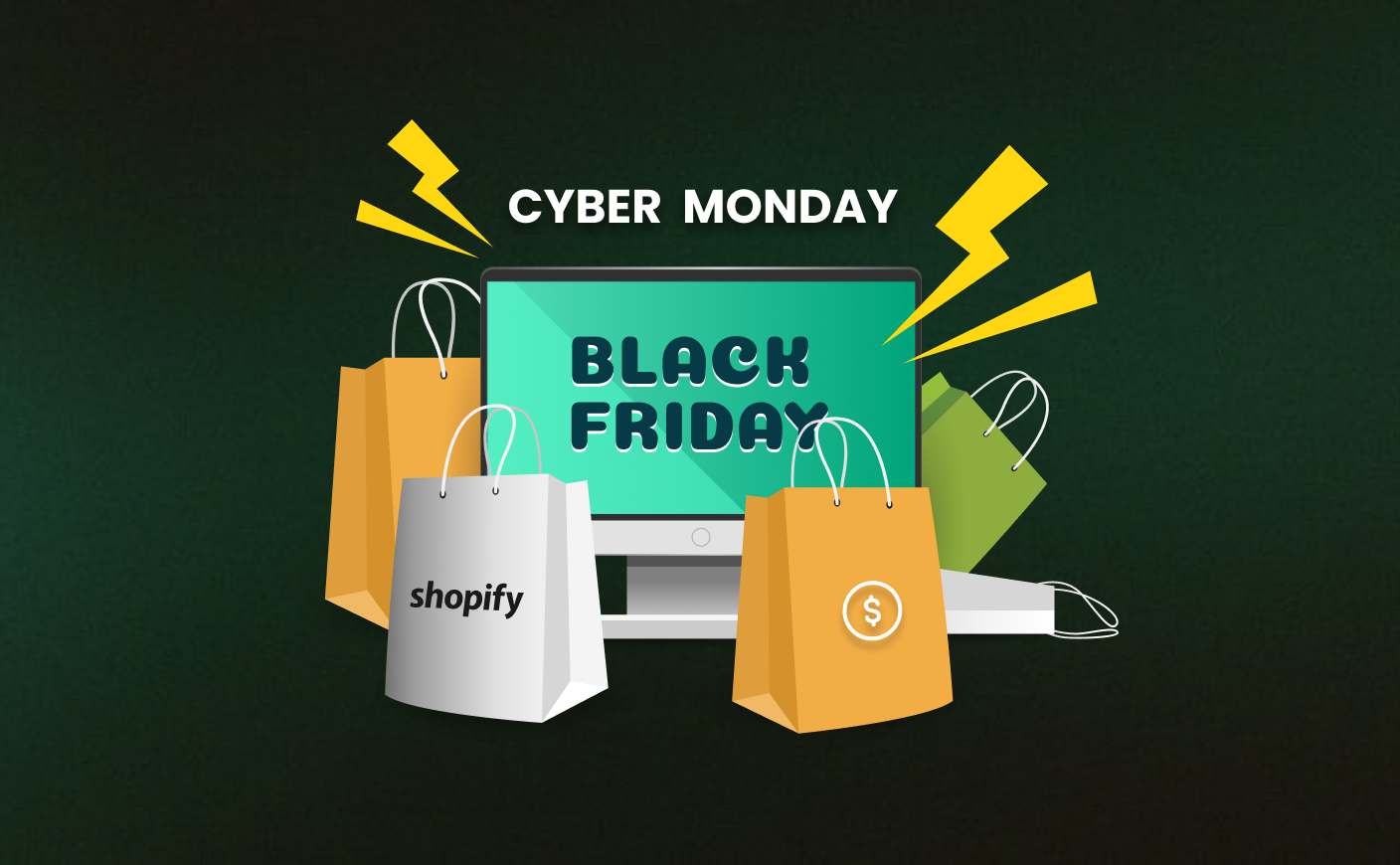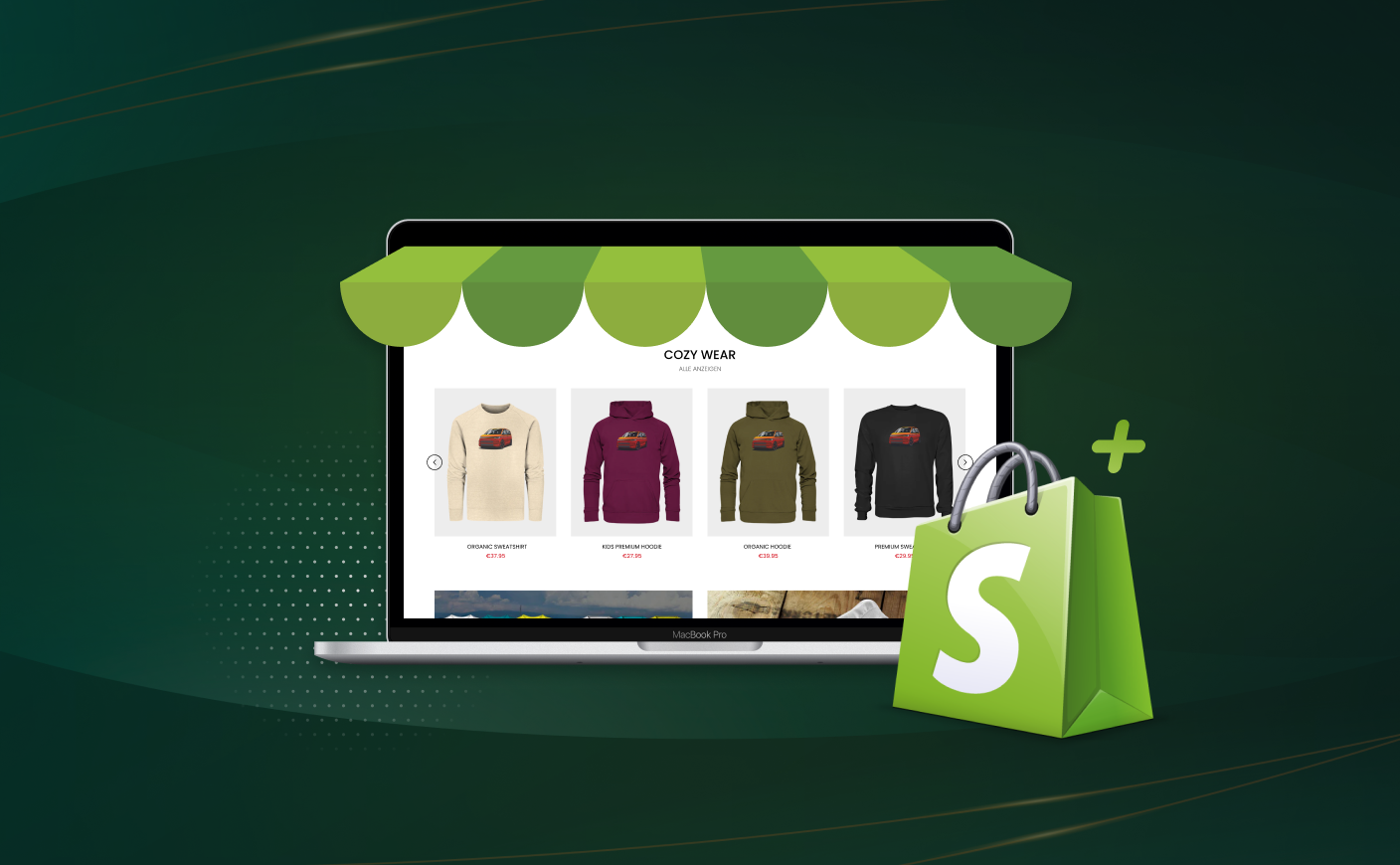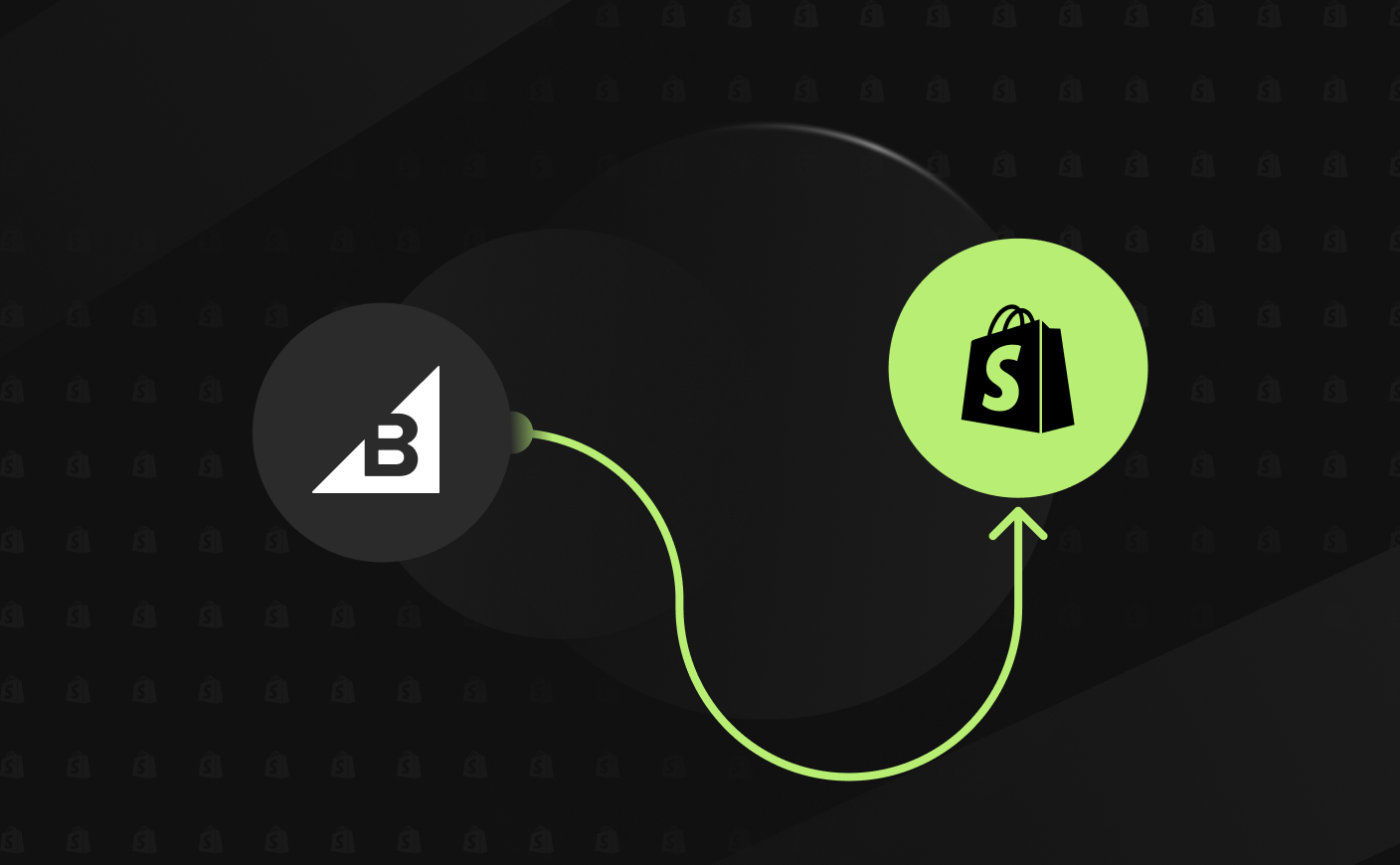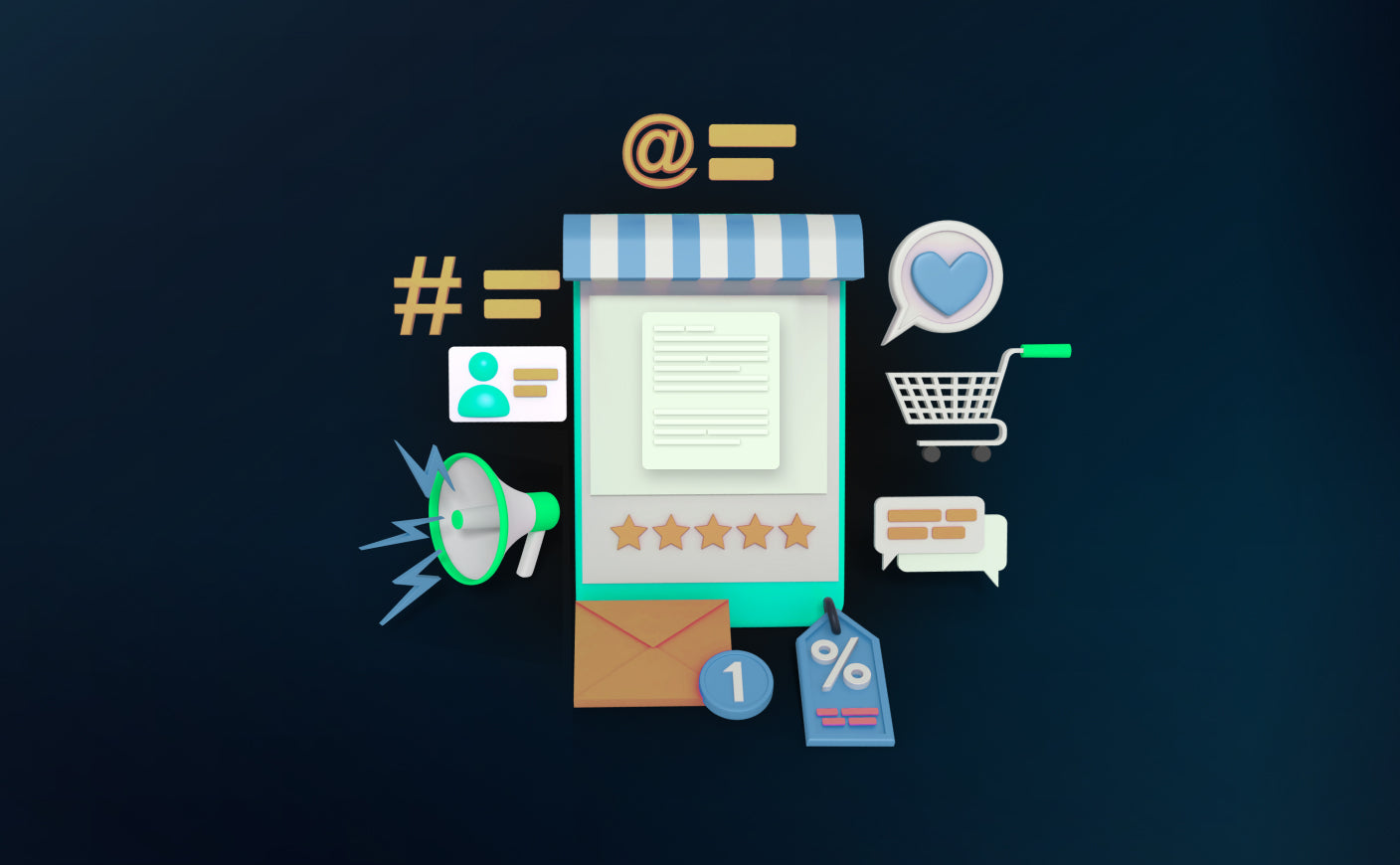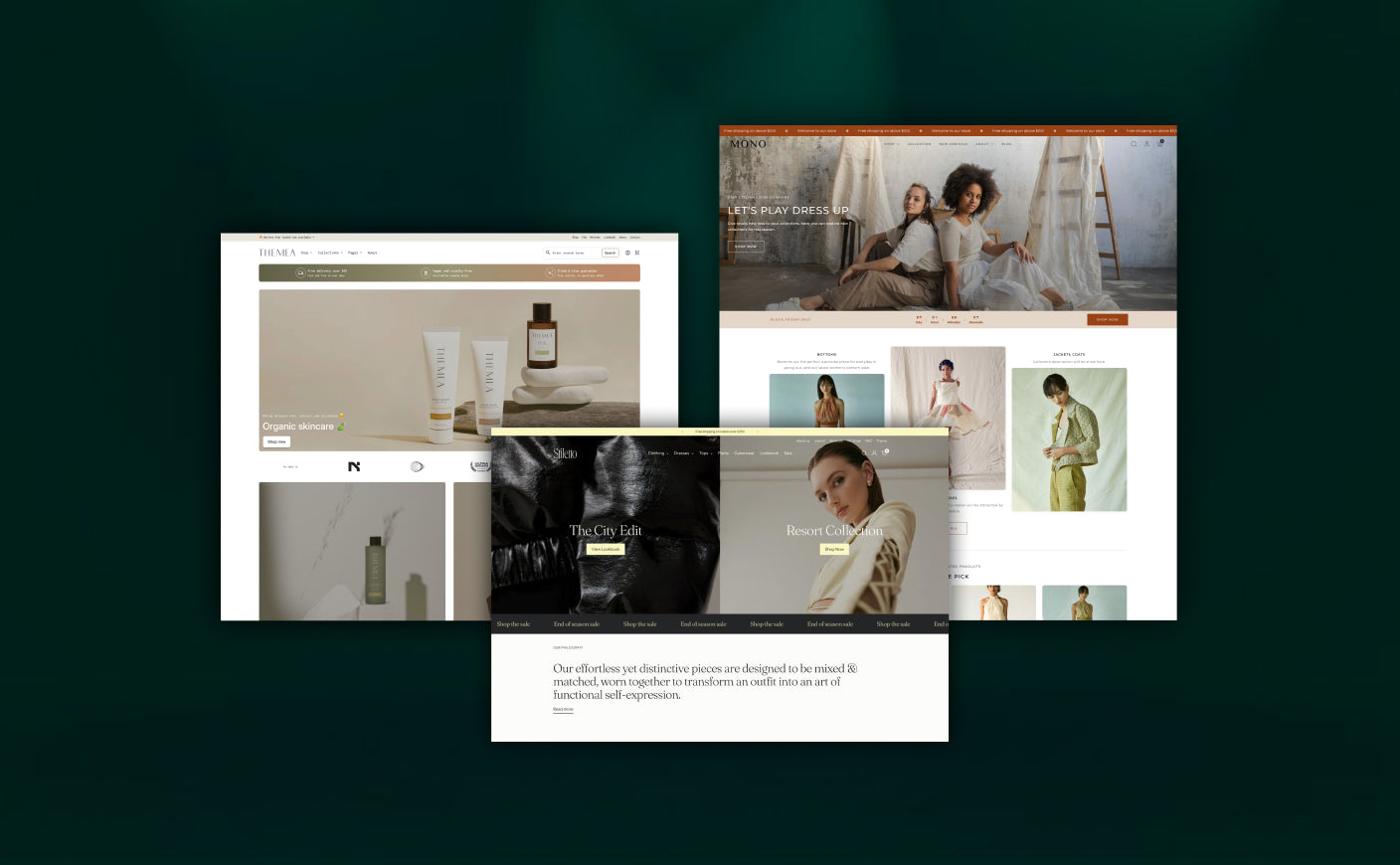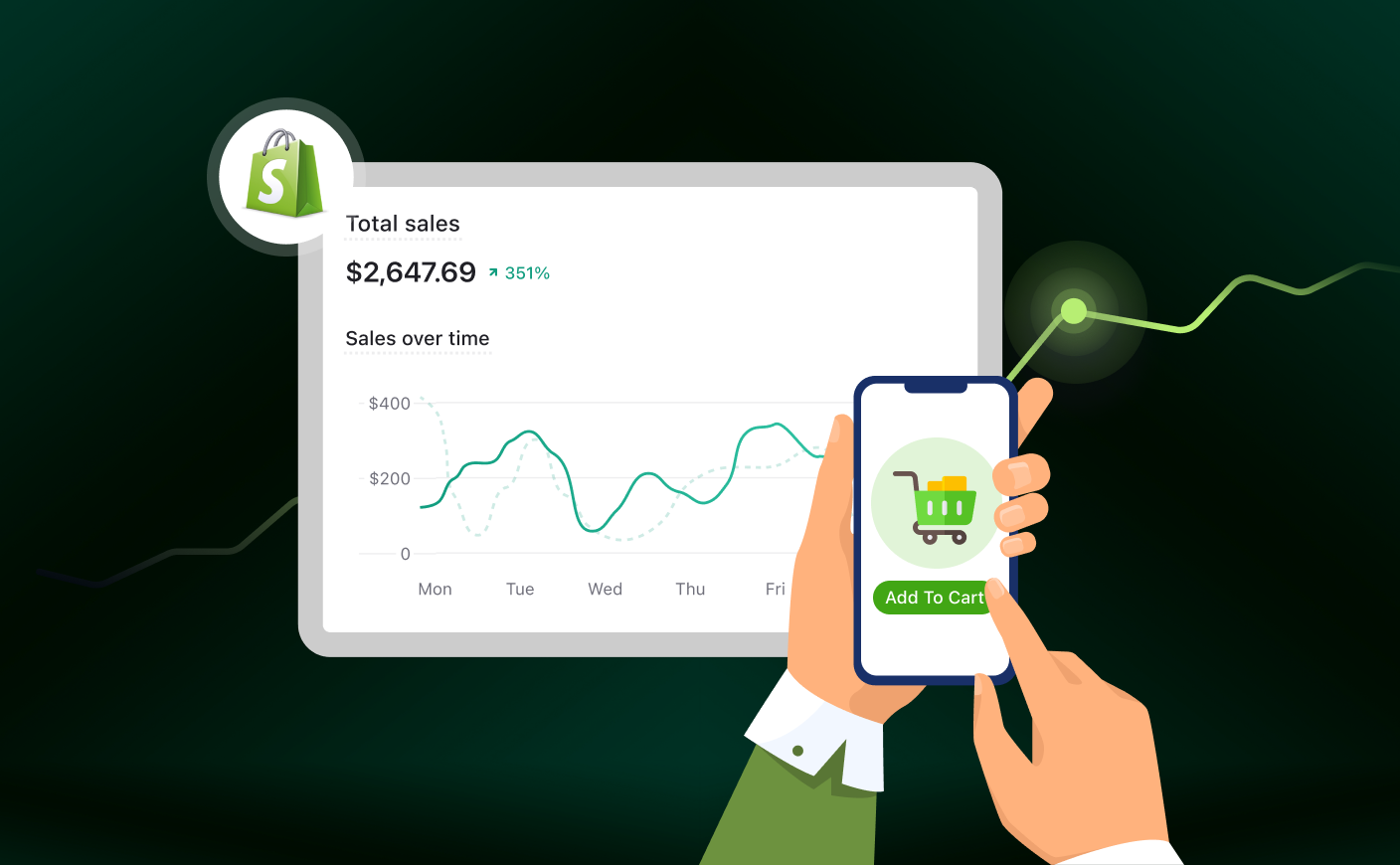Shopify 2.0 upgrades improve page load speed and SEO
SEO
shopify
shopify 2.0

Running a Shopify store is definitely not a walk in the park. Challenges like slow loading pages, low search engine rankings, and limited customization options can feel overwhelming.
Introducing Shopify 2.0, an ecommerce platform created to directly address these challenges.
Today we will walk you through how Shopify 2.0 helped one of our clients overcome their challenges. And how this ecommerce platform is what you exactly need to grow your store!
What is Shopify 2.0?
The next-generation Shopify upgrade, Shopify 2.0, offers exceptional store design flexibility, improved SEO features, and faster speeds. It is designed to provide merchants greater control and allow them to build simplified, SEO-optimized, and highly customizable online stores.
Here’s what makes Shopify 2.0 stand out:
Faster Page Load Speeds: A more efficient backend guarantees that pages load quickly keeping users engaged.
Advanced SEO Features: It's simple to rank higher on search engines thanks to improved metadata controls, clear URL structures, and integrated schema markups.
Sections Everywhere: Personalize each page without knowing how to code.
Metafields: Give products, collections, and other items comprehensive information.
Better App Integrations: Connect third-party apps with ease and without experiencing any performance problems.
Let’s see how Shopify 2.0 worked its magic for a business facing multiple issues.
The Problem
One of our clients was specializing in unique, high-quality products. Despite having excellent offerings, it was struggling to attract and retain customers. Here’s why:
Slow Page Load Speeds: The website was causing high bounce rates since it was taking far too long to load, particularly on mobile devices.
Low SEO Rankings: Customers had a difficult time finding their store as it hardly showed up in search engine results.
Limitations on Customization: Developer support was needed to update or modify the store for seasonal campaigns.
App Overload: Managing reviews, SEO, and pop-ups with several applications slowed down the website and resulted in functional problems.
These challenges weren’t just technical—they were costing the business potential revenue. That’s when the decision was made to upgrade to Shopify 2.0.
How Shopify 2.0 Solved the Issues
Lightning-Fast Page Load Speeds
Did you know that a website can lose conversions if it loads even a fraction of a second more slowly? That was a major pain point for this store.
Shopify 2.0 significantly decreased load times by introducing code separation and server-side rendering (SSR). The website's loading time dramatically decreased after the upgrade:
Before Shopify 2.0: Homepage load time was 4.8 seconds.
After Shopify 2.0: It improved to just 1.9 seconds!
This improvement led to a 20% reduction in bounce rates and more customers staying on the site long enough to explore the products.
Effective SEO Optimization
Ranking on Google isn’t just about keywords—it’s also about speed, structure, and metadata. Shopify 2.0 came with tools that gave this store a major SEO boost:
- Cleaner URLs: The site was easier to crawl when the URLs were simple and short.
- Built-In Schema Markup: Enabled better rich snippets like star ratings in search results.
- Editable Metadata: Facilitated the optimization of picture alt texts and product descriptions.
- Improved Site Speed: A faster site also means better search rankings.
Within months, the store moved from page three to page one for primary keywords, resulting in a noticeable uptick in organic traffic.
Customization Made Easy with Sections Everywhere
The store's team found it difficult to perform even simple customizations prior to Shopify 2.0. They had to hire outside assistance for seasonal marketing or special promotions, which increased their costs and delays.
Shopify 2.0 added Sections Everywhere, a drag-and-drop editor that allows personalization on every page—not just the homepage.
For their latest campaign, the team effortlessly added:
- Countdown timers to build urgency.
- Customer testimonials for social proof.
- Integrated videos that explain product benefits.
No developers were needed, and the updates were completed in minutes.
Simplified Integrations with Apps
In the past, the business used a number of third-party apps to manage inventory, perform SEO, and conduct evaluations. These apps slowed down the site and created unnecessary complexity.
The enhanced App Bridge Framework in Shopify 2.0 made it possible to integrate necessary apps more easily and eliminate the need for unnecessary ones.
Built-in features like metafields and advanced customization eliminated the need for two apps altogether, saving the business significant monthly costs.
Improved Customer Experience with Metafields
Shopify 2.0’s Metafields feature allowed the store to provide more detailed product information in an organized way. For example, they included:
- Detailed ingredient lists.
- Information about sustainability and usage advice.
Conversion rates increased by 12% as a result of this transparency also leading to increased customer trust.
Let us see the results in a nutshell:
|
Challenge |
Before Shopify 2.0 |
After Shopify 2.0 |
|
Page load speed |
4.8 seconds |
1.9 seconds |
|
SEO rankings |
Page 3 for primary keywords |
Page 1 |
|
Customization |
Developer dependant |
DIY-friendly with Sections Everywhere |
|
Customer trust |
Limited product information |
Better transparency with metafields |
Within just a few months of upgrading, the store saw a 35% increase in revenue and a dramatic improvement in user engagement.
Final Thoughts
Running a Shopify store comes with its own fair challenges but Shopify 2.0 is here to make your task more simpler and easier. This case study demonstrates that it's not just about using fancy tools; it's also about finding practical solutions to issues preventing your store from growing.
Got questions or guidance? You know - where to reach out!
CrawlApps
At CrawlApps, we don’t just build Shopify stores—we create experiences that sell. We’re a bunch of problem-solvers who love turning ideas into stores that actually converts. Whether it’s fixing what’s broken or building something from scratch, we make sure every detail works in your favor. No fluff, no jargon—just real solutions that help your business grow. If you’re serious about Shopify, you’ll feel right at home with us.


